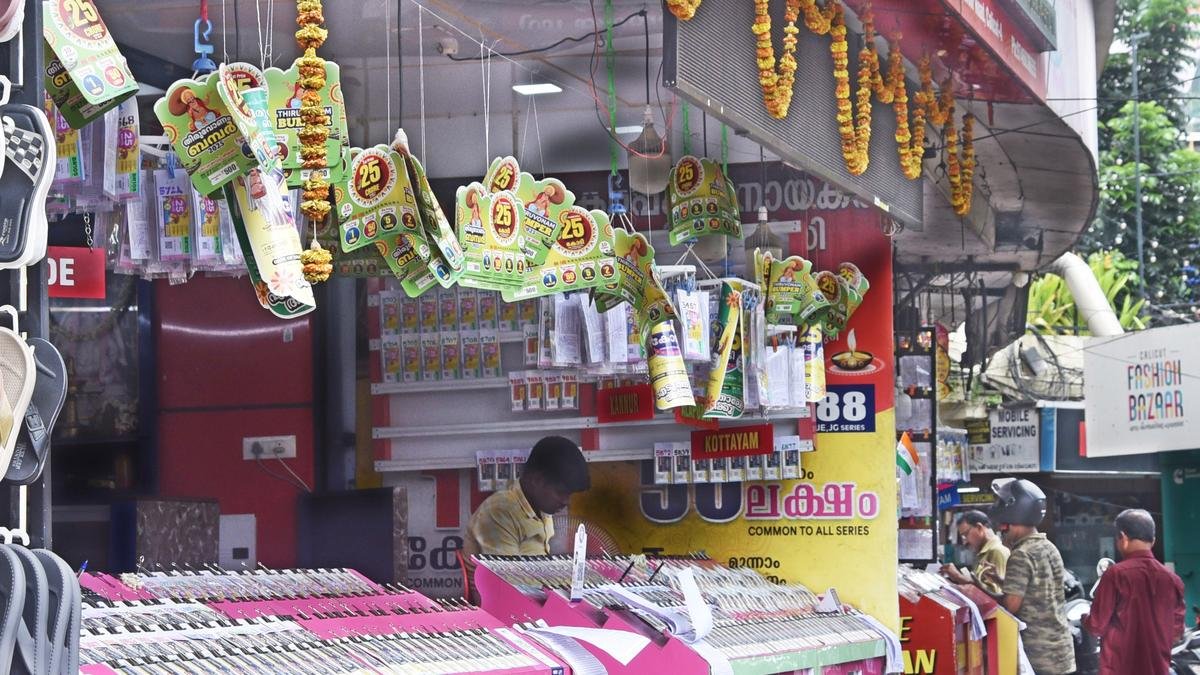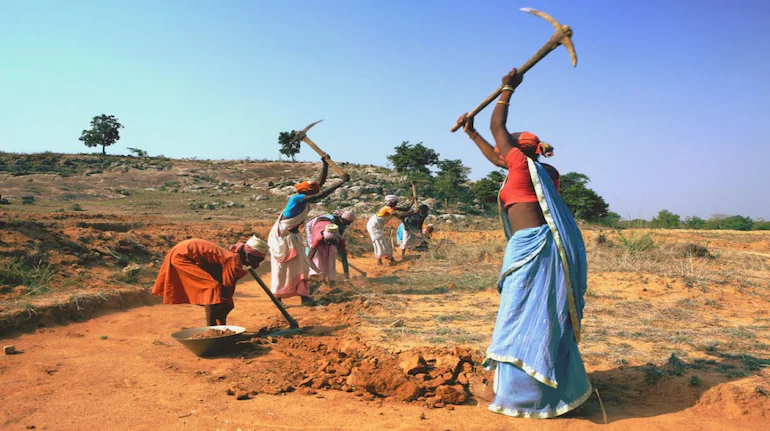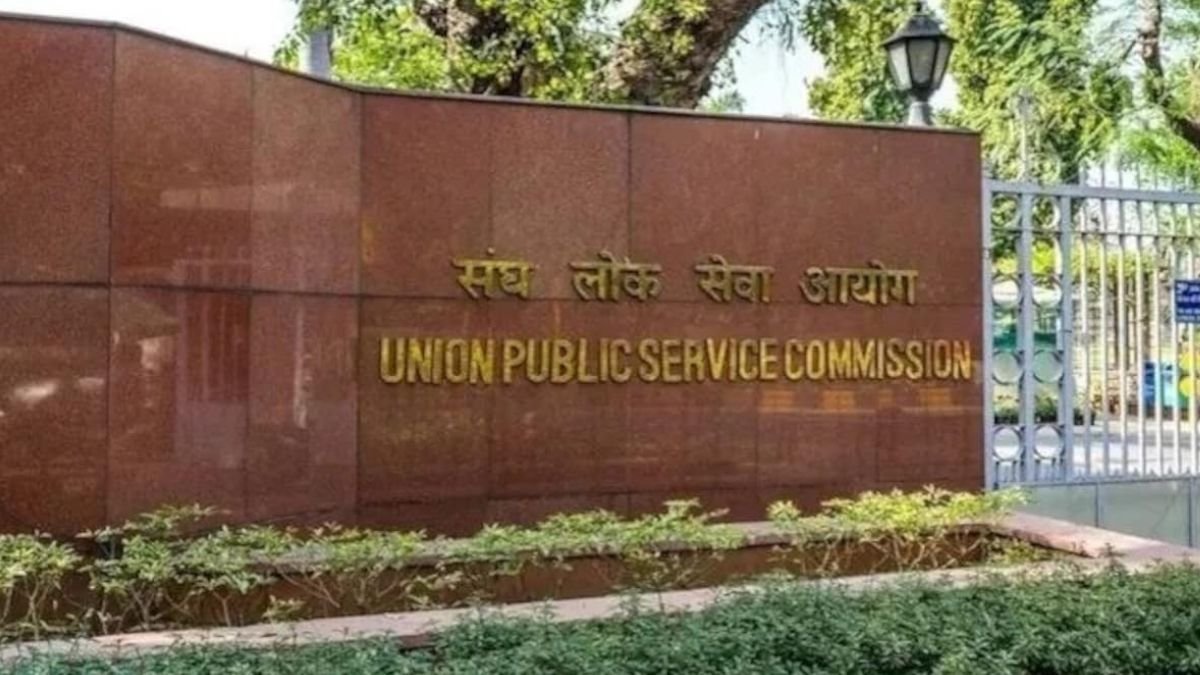Why in the News?
- The Comptroller and Auditor General (CAG) recently released a decadal analysis of the fiscal health of Indian States.
- The report highlighted revenue surpluses, high borrowings, and the increasing dependence of States on volatile and unsustainable revenue sources.
- The findings are significant because they show how States’ finances have evolved from high deficits in the early 2000s to surpluses in the 2010s, and then back to stress after the pandemic.
Key Highlights
- The Fiscal Journey of Indian States
- In the early 2000s, many Indian States were running large fiscal deficits, spending far more than they earned.
- Through reforms, better tax compliance, and rapid economic growth, many States improved their position by the late 2010s.
- Some States even reported revenue surpluses, showing that they could meet day-to-day expenses without borrowing.
- However, the COVID-19 pandemic reversed these gains: tax revenues fell sharply while emergency expenditure on health and welfare soared.
- Uneven Revenue Capacities and Vertical Imbalance
- Indian States show wide variation in their ability to generate revenues internally.
- Richer States such as Maharashtra were able to generate nearly 70% of their receipts internally in 2022-23.
- Poorer States such as Arunachal Pradesh generated only 9% internally, depending heavily on Union transfers.
- Even large States such as Uttar Pradesh, despite a revenue surplus, generated only 42% internally, reflecting high dependence on the Centre.
- This creates a vertical fiscal imbalance, where rich States are self-sufficient while poor States lean on Delhi for support.
- Dependence on Volatile Non-Tax Revenues
- Many States have relied on uncertain sources of revenue instead of stable tax income.
- Kerala earned nearly ₹12,000 crore from lotteries, but such revenues depend on ticket sales.
- Odisha drew around 90% of its non-tax revenue from mining royalties, which fluctuated with global commodity prices.
- Telangana raised nearly ₹9,800 crore from land sales, which are one-time sources.
- These patterns highlight the unsustainability of revenue structures in several States.
- Borrowing Trends and Rising Debt Burdens
- When expenditure exceeds revenues, States finance deficits through borrowings.
- The CAG’s decadal analysis shows that borrowing patterns diverged sharply between 2016-17 and 2022-23.
- Andhra Pradesh and Bihar sharply increased borrowings, leading to debt-to-GSDP ratios of 35-39%.
- Punjab and smaller North-Eastern States carried some of the heaviest debt burdens, between 40-60% of GSDP.
- Maharashtra and Gujarat, despite high borrowings in absolute terms, kept debt ratios stable at around 20% of GSDP due to their larger economic base.
- Some States, such as Odisha, Uttar Pradesh, and Tripura, cut back borrowings after the pandemic, showing fiscal restraint.
- The Welfare Paradox
- Many States report surpluses, but these often hide fiscal weaknesses.
- Several surpluses come from Union transfers, off-budget borrowings, or deferred liabilities, not from strong revenue bases.
- Populist measures like farm loan waivers and free power shift the financial burden into hidden guarantees and special-purpose vehicles.
- India has created one of the largest welfare states in the world, but this rests on a narrow fiscal base and heavy borrowings.
- The paradox is that while welfare commitments are expanding, fiscal space for sustainable welfare and development spending is shrinking.
Implications
- For Fiscal Federalism
- The imbalance between revenue-rich and revenue-poor States deepens the vertical fiscal imbalance.
- States dependent on Union transfers may lose autonomy in fiscal decision-making.
- For Public Services
- Fiscal stress limits the ability of States to improve schools, hospitals, and infrastructure.
- Revenue surpluses without adequate expenditure often mean underfunded welfare services.
- For Debt Sustainability
- High debt-to-GSDP ratios (40-60% in some States) threaten long-term solvency.
- Interest payments increasingly crowd out developmental spending.
- For Economic Stability
- Dependence on volatile non-tax revenues makes States vulnerable to sudden economic shocks.
- Global price drops or reduced land sales can sharply cut revenues.
- For Welfare Politics
- Populist welfare schemes strengthen political capital but create hidden liabilities.
- Central schemes dominate the welfare space, undermining State-level fiscal autonomy.
Challenges and Way Forward
| Challenges | Way Forward |
| Rising debt-to-GSDP ratios in several States | Enforce FRBM limits and link central assistance to fiscal discipline. |
| Dependence on volatile revenue sources like lotteries, mining, and land sales | Diversify revenue through property tax reforms, user charges, and GST compliance improvements. |
| Populist schemes that defer costs and create hidden liabilities | Improve fiscal transparency by reporting off-budget borrowings. |
| Vertical imbalance in revenue distribution | Revisit Finance Commission devolution formulas to ensure equity. |
| Surpluses achieved without sufficient welfare spending | Ensure surpluses are invested in health, education, and infrastructure rather than under-spending. |
Conclusion
The fiscal story of Indian States is one of initial deficits, mid-2010s reforms, and pandemic-driven setbacks. Today, States face a fragile balance between growing welfare commitments and limited revenue capacities. Unless States diversify revenues, restrain unsustainable borrowing, and prioritise developmental spending, the promise of fiscal stability will remain a mirage. Strengthening fiscal federalism and ensuring transparency is the only way forward for sustainable growth.
| Ensure IAS Mains Question
Q. The fiscal health of Indian States reflects a paradox of reported surpluses amid rising debt and hidden liabilities. Analyse the structural reasons behind this paradox and suggest measures to strengthen fiscal discipline at the State level. (250 words) |
| Ensure IAS Prelims Question
Q. Consider the following statements regarding fiscal health and governance of Indian States: 1. States with high revenue surpluses always indicate strong fiscal health and capacity for welfare spending. 2. Heavy reliance on non-tax revenues such as lotteries, mining royalties, or land sales increases fiscal vulnerability. 3. A high debt-to-GSDP ratio necessarily implies poor economic growth in a State. 4. Vertical fiscal imbalance arises when a State’s expenditure responsibilities exceed its revenue-raising capacity. Which of the statements given above is/are correct? a) 1 and 2 only b) 2 and 4 only c) 1, 3, and 4 only d) 2, 3, and 4 only Answer: b) 2 and 4 only Explanation: Statement 1 is incorrect: A high revenue surplus does not automatically indicate strong fiscal health or the capacity for welfare spending. Some States report surpluses due to central transfers, deferred payments, off-budget borrowings, or accounting gains, rather than from sustainable revenue generation. Therefore, a surplus may exist without adequate developmental or welfare expenditure. Statement 2 is correct: Heavy reliance on non-tax revenues such as lotteries, mining royalties, or land sales increases fiscal vulnerability. These sources are often volatile, non-repeatable, and sensitive to external factors (e.g., commodity price fluctuations or sales cycles). Dependence on them can destabilize State finances if such revenues decline. |
|
Also Read |
|
| UPSC Foundation Course | UPSC Daily Current Affairs |
| UPSC Monthly Magazine | CSAT Foundation Course |
| Free MCQs for UPSC Prelims | UPSC Test Series |
| ENSURE IAS NOTES | Our Booklist |





